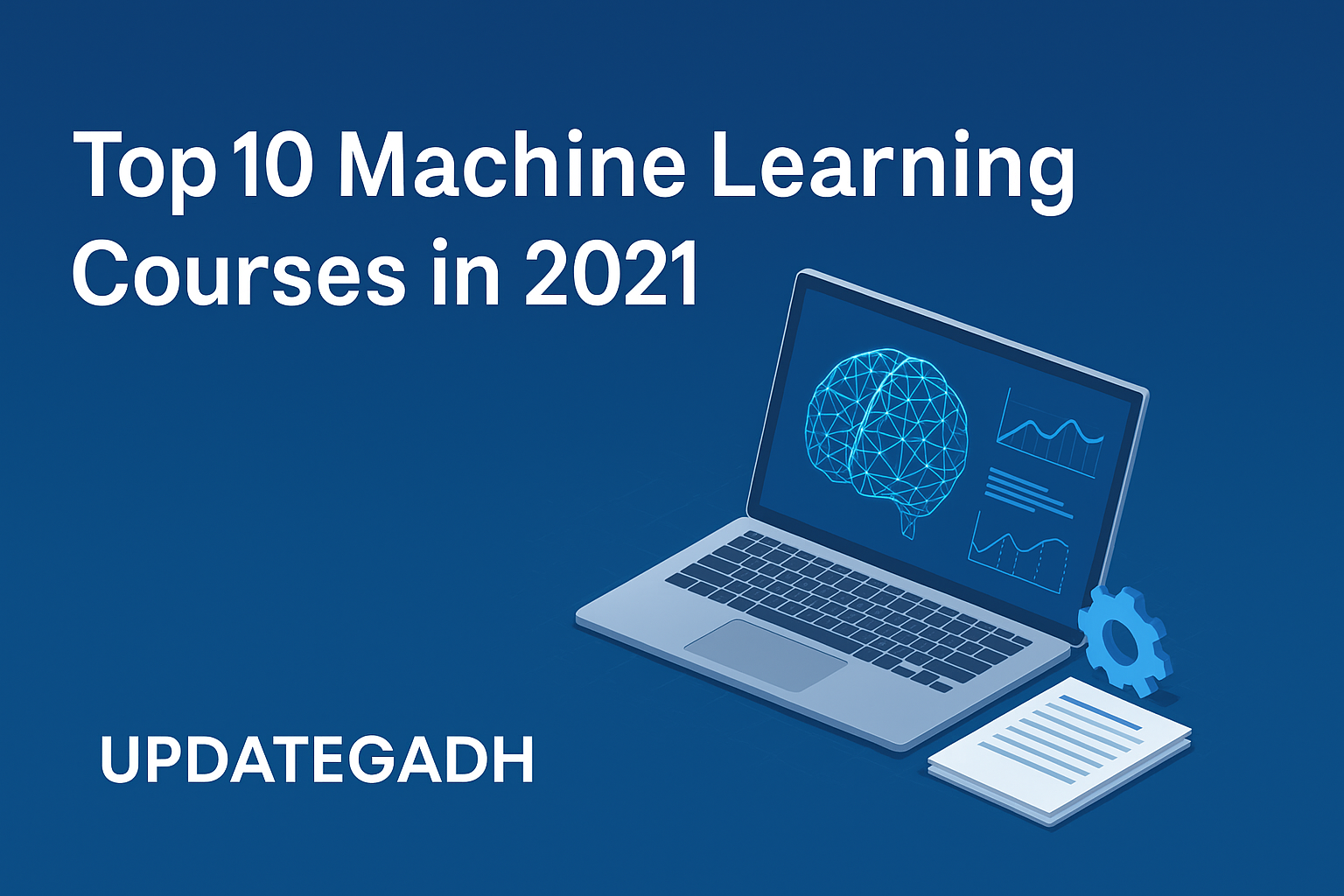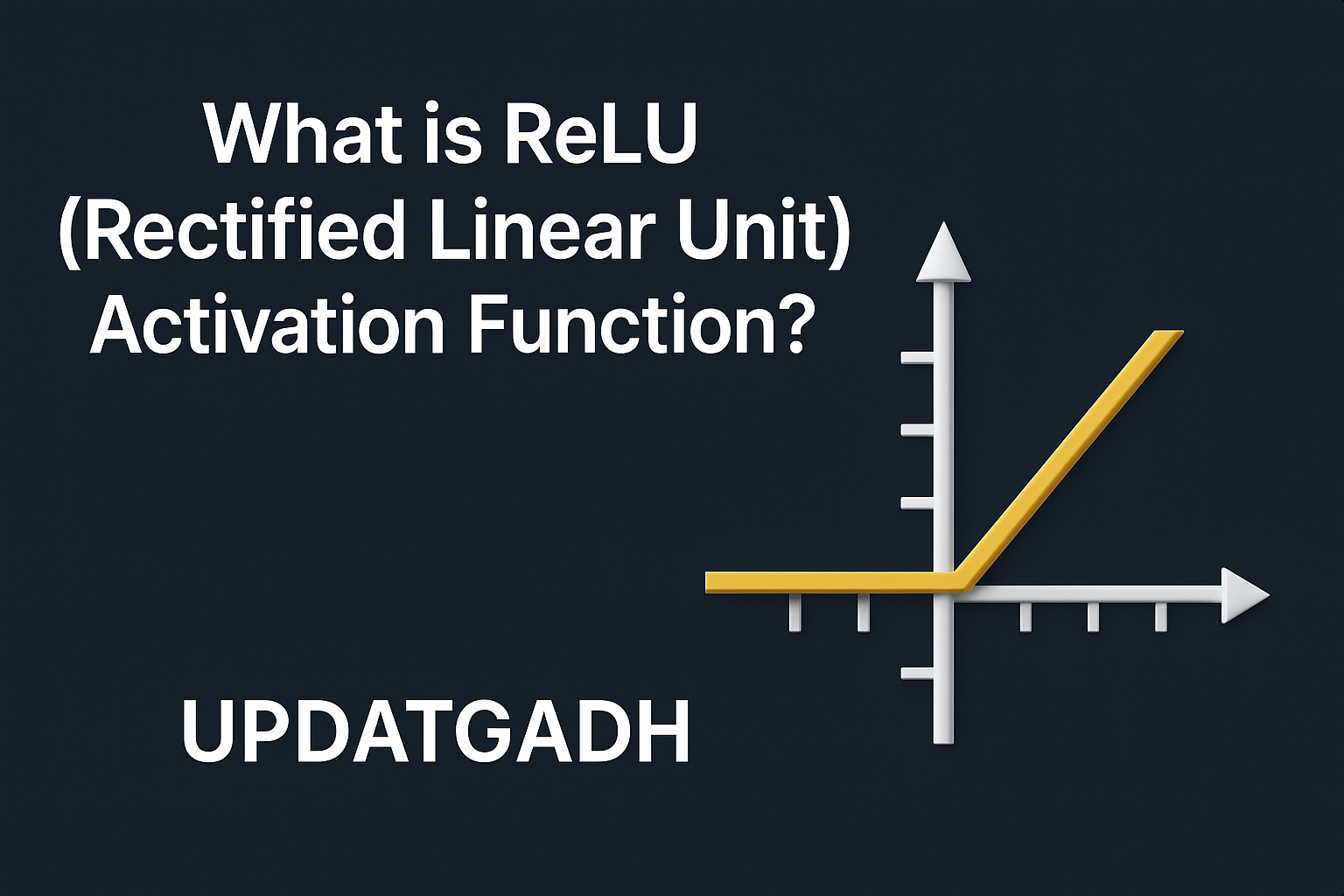
Clustering in Machine Learning
Clustering in Machine Learning
Clustering, also known as cluster analysis, is a fundamental machine learning technique primarily used for grouping unlabelled datasets. Clustering is “a method of grouping a collection of data points into clusters, so that points in the same group are more similar to each other than to those in other groups,” to put it simply.
The clustering process identifies hidden patterns like shape, size, color, or behavior within data and forms groups based on these patterns. It’s one of the most powerful techniques under unsupervised learning, where no predefined labels or supervision are provided to the algorithm.
Complete Python Course with Advance topics:-Click Here
SQL Tutorial :-Click Here
📌 Why Clustering?
Once clustering is applied to a dataset, each group is assigned a cluster ID, which helps the machine learning system simplify and optimize the processing of large and complex datasets. It’s widely used in statistical data analysis, pattern recognition, image segmentation, and even social media analytics.
💡 Note: Clustering may seem similar to classification, but they differ in the nature of the dataset.
- Classification uses labelled data.
- Clustering uses unlabelled data.
🛒 Real-life Example: Clustering at the Mall
Imagine visiting a shopping mall. You’ll find t-shirts, jeans, and accessories grouped separately. In the fruit section, apples, bananas, and mangoes are arranged in distinct sections. This logical grouping makes it easier for customers to navigate — and that’s exactly how clustering works: grouping similar data points together for better usability and understanding.
🔍 Common Applications of Clustering
Clustering techniques are widely applied in various fields, such as:
- 📈 Market Segmentation
- 📊 Statistical Data Analysis
- 🌐 Social Network Analysis
- 🖼 Image Segmentation
- 🚨 Anomaly Detection
Industry giants also utilize clustering for user personalization:
- Amazon: For product recommendations based on past searches.
- Netflix: For suggesting shows and movies aligned with a user’s watch history.
🧠 Types of Clustering Methods
Generally speaking, clustering techniques fall into two categories:
- Hard Clustering: A single cluster is the exclusive home of a single data point.
- Soft Clustering: A data point can belong to multiple clusters with varying probabilities.
Let’s examine the main machine learning clustering techniques:
1️⃣ Partitioning Clustering
Also called centroid-based clustering, this method divides data into non-overlapping groups. The K-Means Clustering algorithm is the most widely used example.
- You predefine K groups.
- The closest cluster centre, also known as the centroid, is assigned to each data point.
- The aim is to minimize intra-cluster distances and maximize inter-cluster distances.
2️⃣ Density-Based Clustering
This method identifies clusters as dense regions in data space. It forms clusters based on areas of high density and separates them using sparse areas.
- Great for arbitrarily shaped data distributions.
- DBSCAN (Density-Based Spatial Clustering of Applications with Noise) is a notable example.
- May struggle with varying densities and high-dimensional data.
3️⃣ Distribution Model-Based Clustering
In this approach, data points are grouped based on the probability that they belong to a particular distribution (usually Gaussian).
- Example: Expectation-Maximization (EM) with Gaussian Mixture Models (GMM).
- More flexible than K-Means, especially for overlapping clusters.
4️⃣ Hierarchical Clustering
This method creates a tree-like structure (dendrogram) by repeatedly merging or splitting clusters.
- No need to predefine the number of clusters.
- You can “cut” the dendrogram at a desired level to get the required number of clusters.
- Common algorithm: Agglomerative Hierarchical Clustering.
5️⃣ Fuzzy Clustering
In Fuzzy Clustering, a data point can belong to more than one cluster with varying degrees of membership.
- Each point has a membership coefficient.
- Example: Fuzzy C-Means (a soft extension of K-Means).
⚙️ Popular Clustering Algorithms
Different algorithms cater to different data patterns. Here are some of the most used clustering algorithms:
🔹 K-Means Clustering
- Fast and efficient.
- Requires predefinition of K clusters.
- Time complexity: O(n).
🔹 Mean Shift
- A centroid-based method.
- Shifts cluster centers towards the highest density of data points.
- Does not require specifying the number of clusters.
🔹 DBSCAN
- Density-based clustering.
- Works well for noise and arbitrarily shaped clusters.
- No need to specify the number of clusters.
🔹 Expectation-Maximization using GMM
- Based on probabilistic models.
- Useful when K-Means fails due to overlapping clusters.
🔹 Agglomerative Hierarchical Clustering
- A bottom-up approach.
- Begins by merging all of the data points into a single cluster.
- Ideal for situations in which the number of clusters is unknown.
🔹 Affinity Propagation
- No need to define the number of clusters.
- Uses message-passing between data points.
- Drawback: High time complexity O(N²T).
🧪 Real-World Applications of Clustering
Let’s look at where clustering adds significant value:
🧬 1. Cancer Cell Detection
- Clusters help differentiate cancerous and non-cancerous cells.
🔎 2. Search Engines
- Cluster similar search results to improve relevance and accuracy.
🛍 3. Customer Segmentation
- Marketers use clustering to group users by buying behavior.
🧬 4. Biological Research
- Helps in classifying species using image recognition.
🗺 5. Land Use Classification
- GIS systems use clustering to identify and suggest land usage types.
Download New Real Time Projects :-Click here
✅ Final Thoughts
In the field of unsupervised machine learning, clustering is a flexible and effective technique.Whether you’re building a recommendation system or analyzing biological data, clustering provides the means to discover structure and patterns in unlabelled datasets.
As machine learning continues to evolve, clustering will remain a cornerstone technique in making sense of massive volumes of raw data.
📢 Written by Updategadh – Your trusted guide in Machine Learning & Data Science.
📬 Subscribe for more ML insights and tutorials.
clustering in machine learning in hindi
clustering in machine learning python
k-means clustering in machine learning
types of clustering in machine learning
clustering in machine learning examples
hierarchical clustering in machine learning
clustering algorithms in machine learning
partitioning clustering in machine learning
clustering in machine learning
k means clustering in machine learning
hierarchical clustering in machine learning
types of clustering in machine learning
spectral clustering in machine learning
agglomerative clustering in machine learning
density based clustering in machine learning
partitioning clustering in machine learning
k mode clustering in machine learning










Post Comment